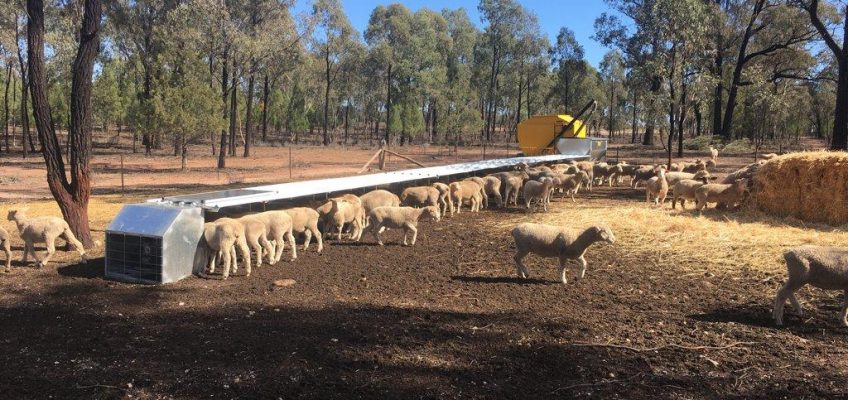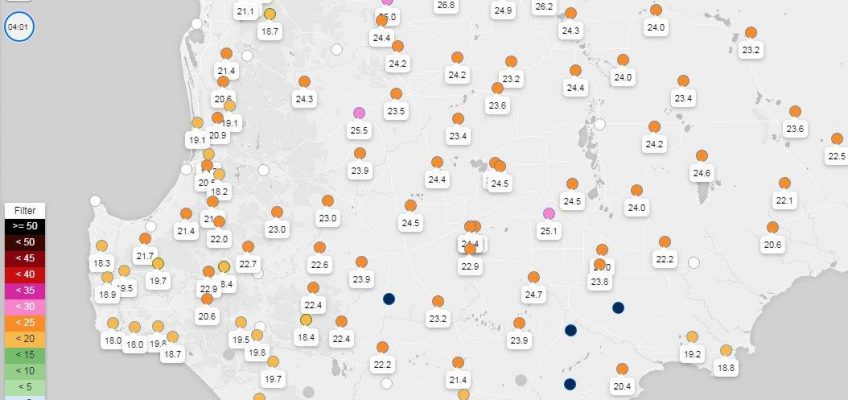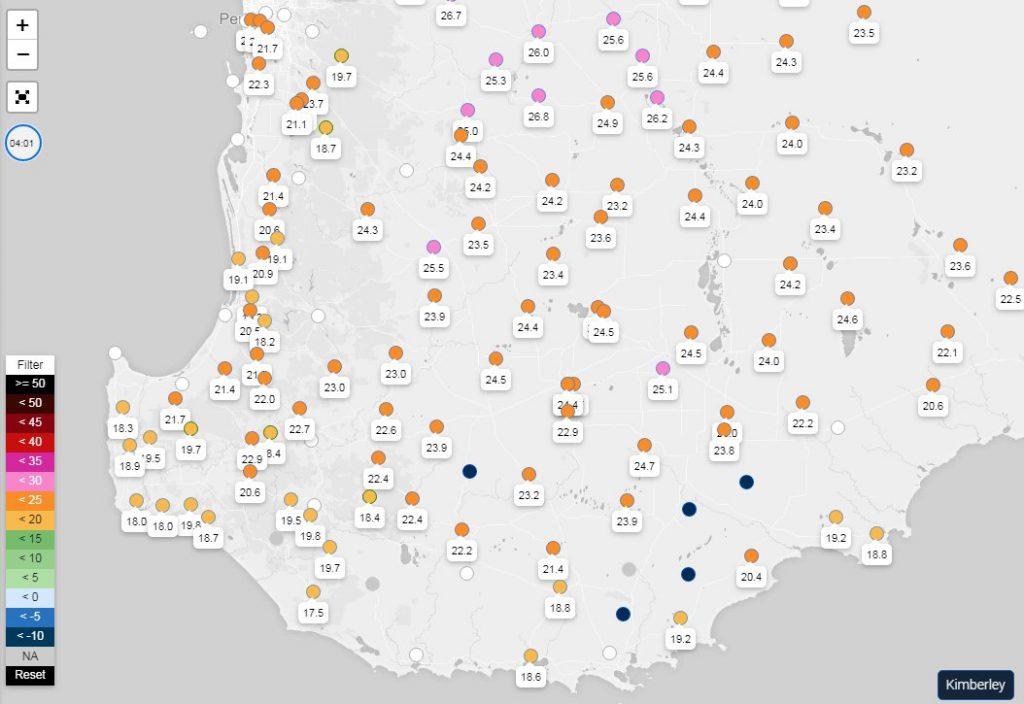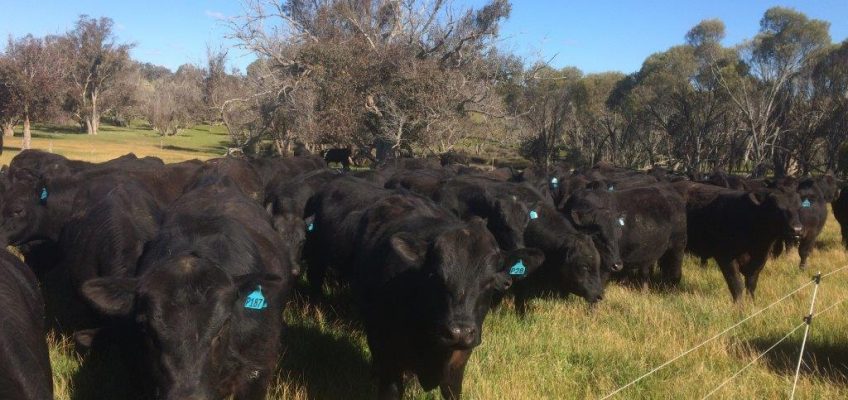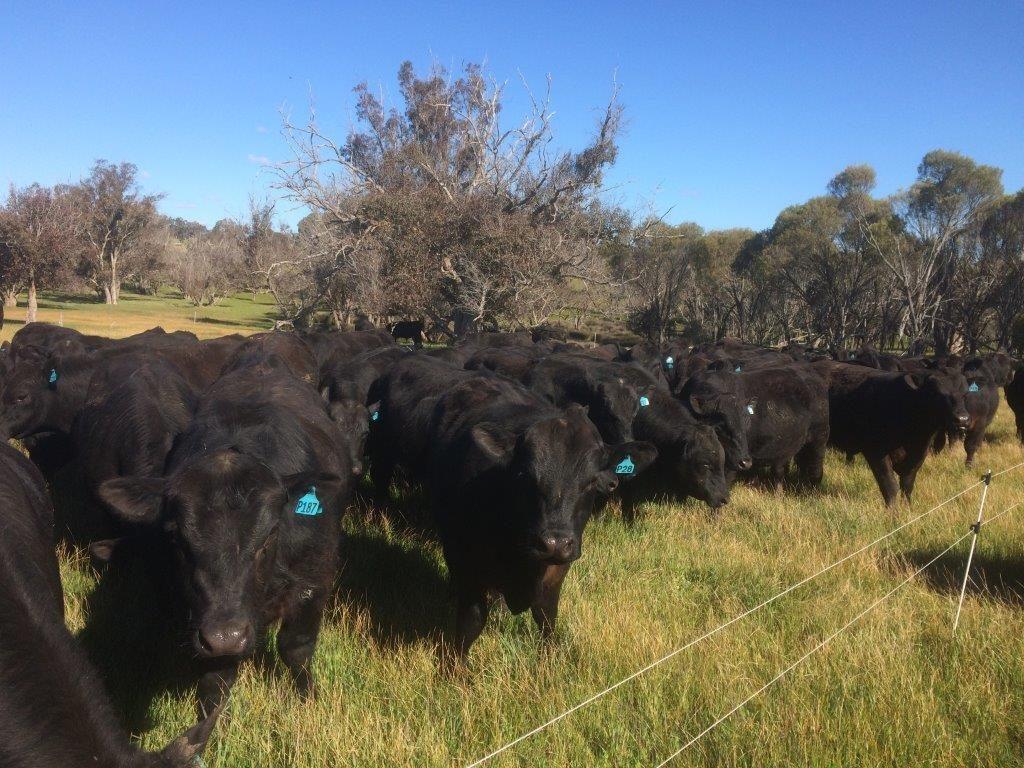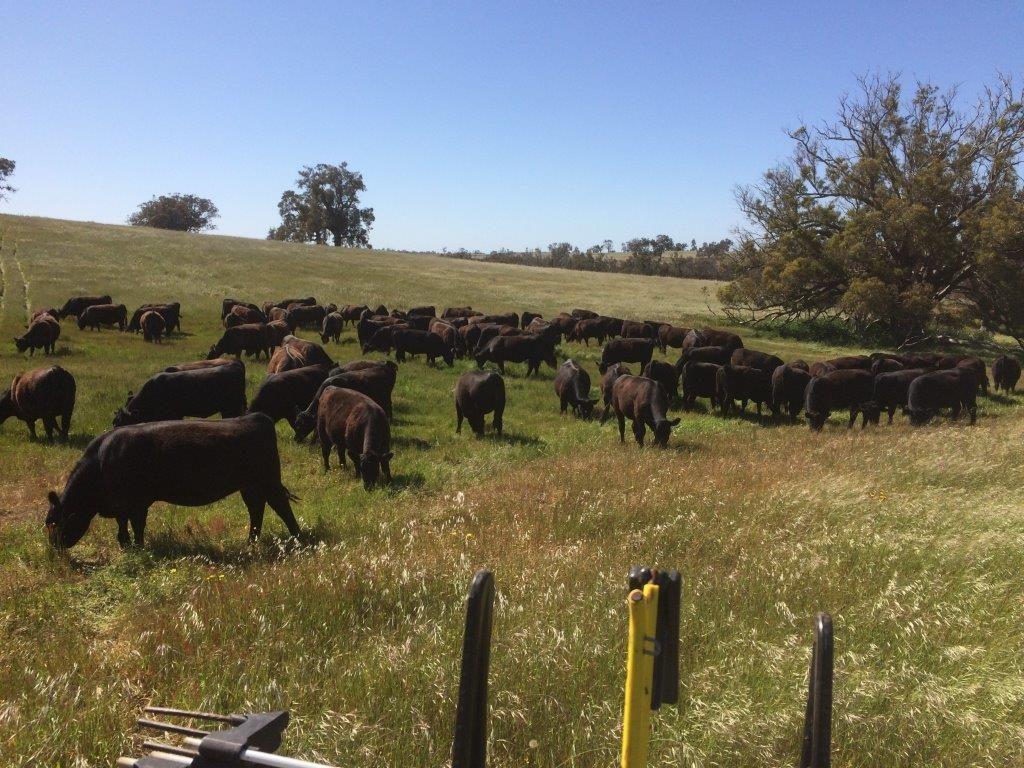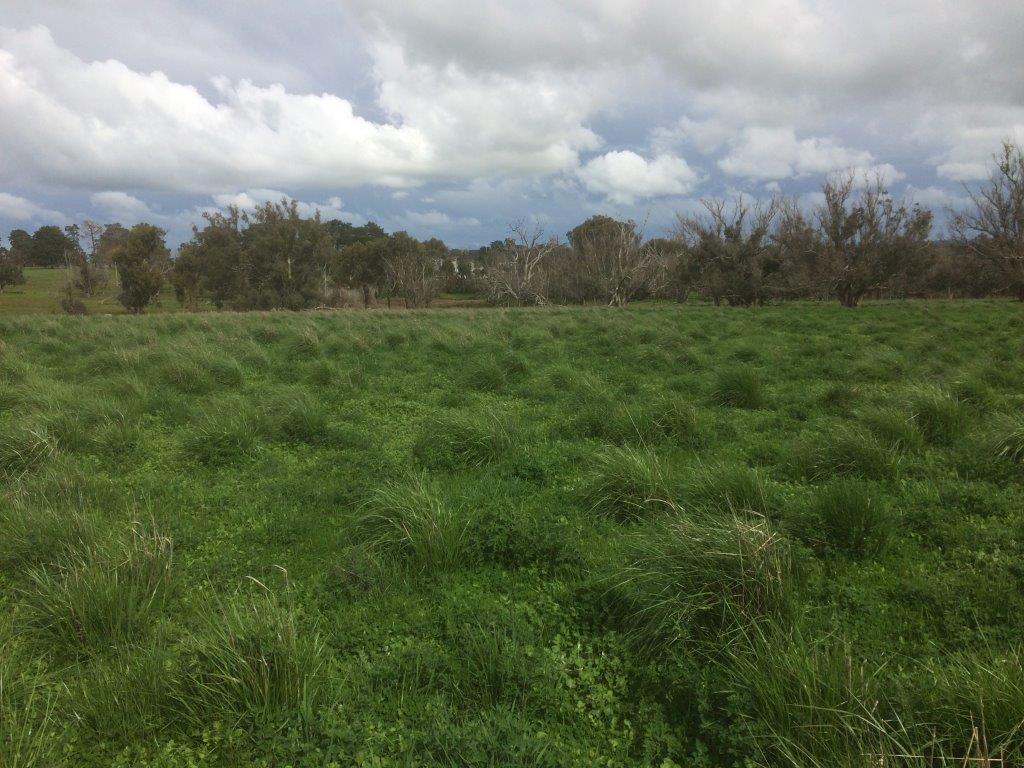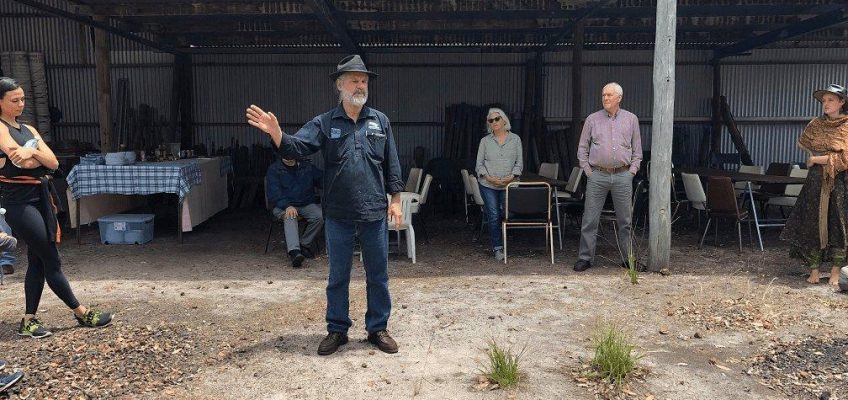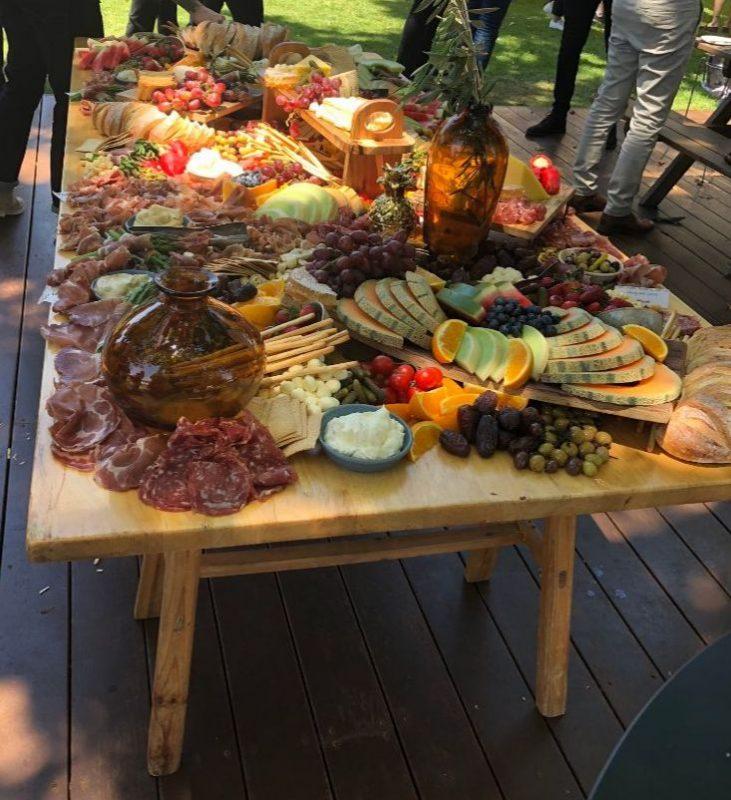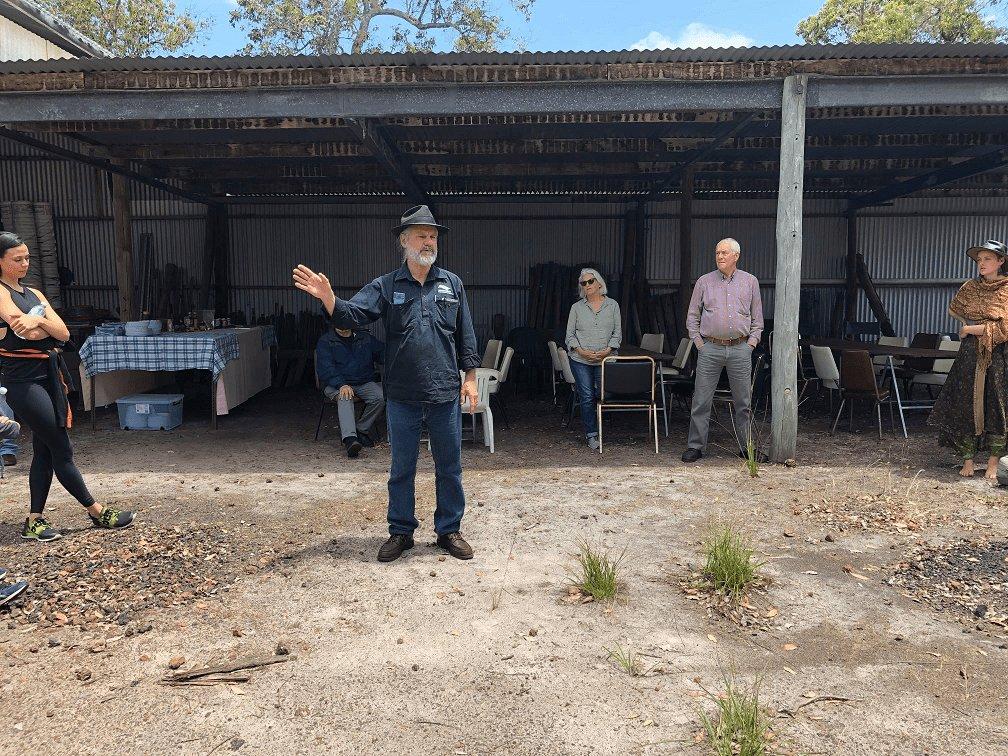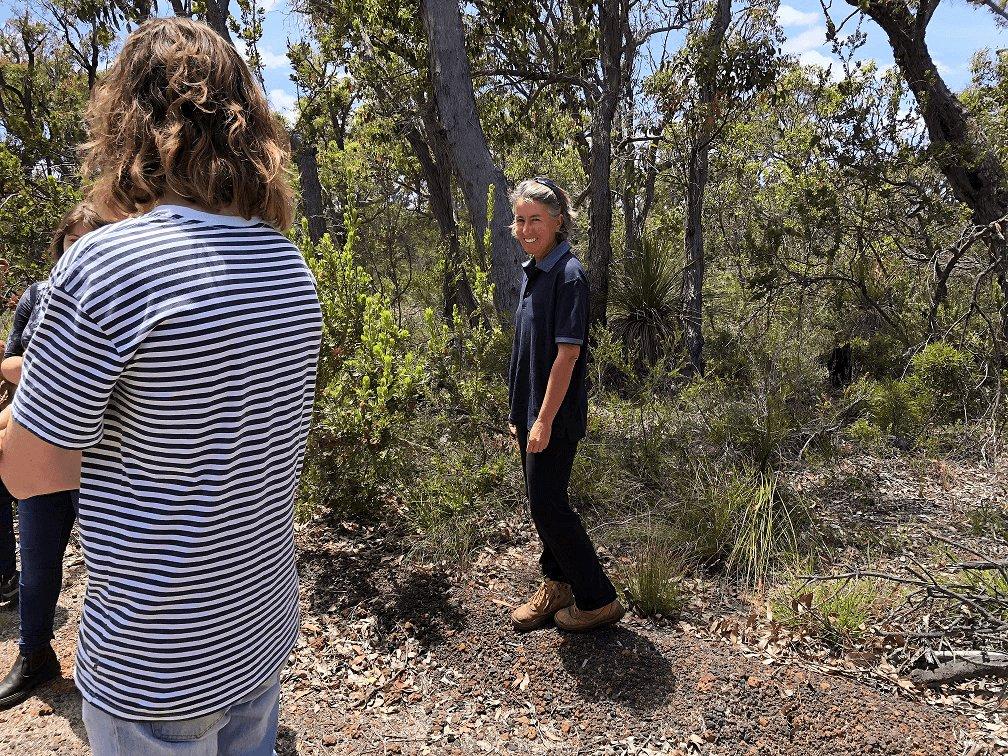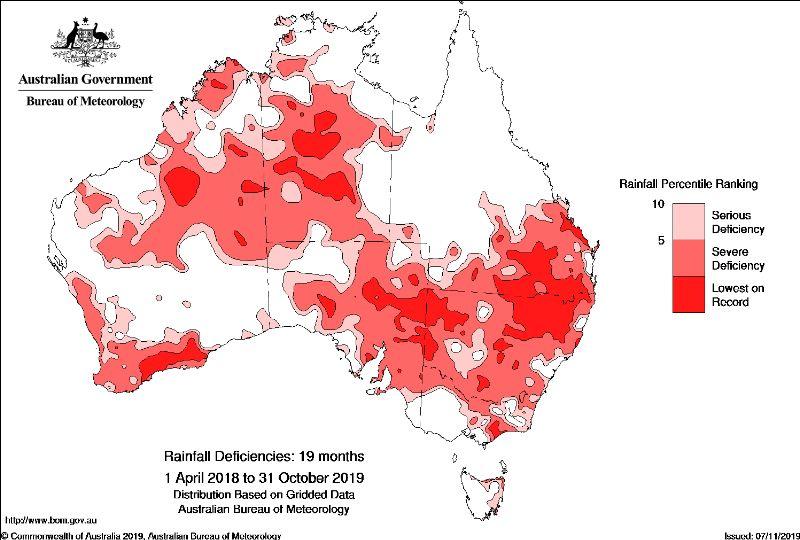
Droughts and dry seasons are a regular part of farming in Australia, and however prevalent, continue to bring hardships to farming enterprises, farming families and rural communities. It’s no secret that Australian farmers are doing it tough. Current reports from the Australian Bureau of Meteorology show the sustained rainfall deficiency over the past 19 months which has impacted a significant proportion of Australian farming communities, with no end in sight according to current forecasts.
In these challenging times, however, it’s important to reflect on the learnings that can be derived from crop and livestock farmers who are weathering the storm in such harrowing conditions, and leverage the available resources to support farmers through this period. These mitigation strategies are not just relevant during drought times, but can be applicable to our local farmers who can learn from the innovations and ingenuity that emerge during these tough periods.
Agriculture Victoria’s Drought Feeding & Management Guide is an invaluable resource for sheep farmers who are required to hand feed in dry conditions. Their extensive guide is compiled of both detailed research and real farmer experiences, with pragmatic advice pertaining to budgeting, feeding and animal welfare.
A number of additional government resources and tools are freely available, particularly in relation to livestock hand feeding. Livestock require a combination of protein, energy, roughage and minerals to maintain good rumen function and maintain body function. Southern Dirt Board Member and Kojonup sheep farmer Lynley Anderson recommends starting with the NSW Department of Primary Industries Drought Feed Calculator app which can be downloaded from the Apple Store or Google Play.
The Drought Feed Calculator enables farmers to make informed decisions and save money. Farmers in any location can easily and quickly determine the minimum feed requirement for a range of animals with different nutritional needs.
The app calculates:
1. The amount of feed per head
2. The cost per head
3. The cost for a period
4. The amount for a mob/herd
5. The total cost for a mob/herd
Farmers can easily assess the value of different feeds by simply comparing these results for three feeds as well as mixed ration. There are 71 different feeds to select from, each with their own estimated average energy, protein and dry matter values. Values can be easily over written when feed test results are available. There are a number of warnings built in to help guide the busy producer when developing a ration.
David Kingston, NSW sheep farmer, found the app invaluable for long-term cost savings. “The Drought Feed Calculator reinforced the importance of quantifying the value of different feeds. Using the app, I calculated a saving of $3390 by purchasing oats at $230 per tonne compared to pasture hay at $180 per tonne – even though the hay was $50 per tonne cheaper! I only had to feed 610 grams of oats compared with 970 grams feeding the hay. This added up when feeding 1000 animals for a bit over 3 months.”
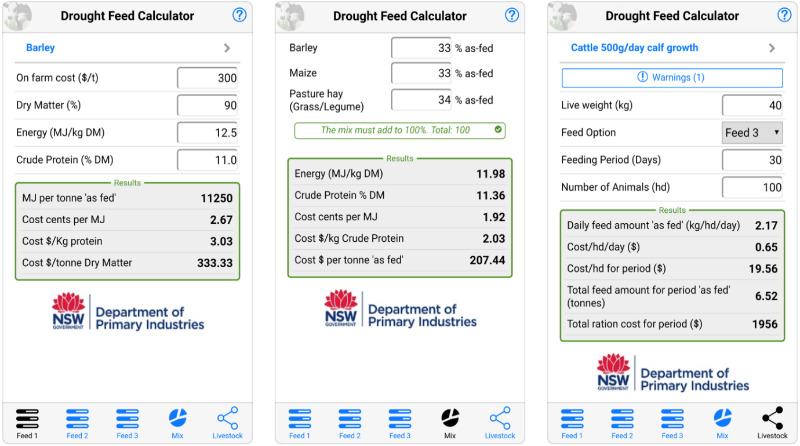
Lynley found the app a source of helpful information regarding roughage ratios for confined-fed animals. “I already learnt from the app that sheep need 20% roughage during lactation, and I didn’t know that before. This year will be a very long summer of feeding sheep as there is not much grass around due to the drier year. There are so many hand feeding and precision feeding innovations that have emerged during this tough time that would be useful here in WA and could be used now, not just when there’s a drought.”
Once you’ve ascertained the most appropriate feed mix for your livestock, it is important to not overlook the value of feed scale indicators, not just for nutritional accuracy but also as a waste prevention strategy.
When sheep need to be supplementary fed, either in a confined space or in a paddock, there are different ways to ensure that they are receiving the correct quantities of feed and wastage is reduced.
Some learnings from farmers who have been undertaking trail feeding is to ensure you use scales to accurately weigh ingredients. Effective ration management has a direct impact on your bottom line and it is important to achieve operational efficiency by reducing feed waste, verifying feeding accuracy, tracking cost per head per day and, most importantly, creating the proper ration mix.
If you have a feed mixer wagon, scale accuracy is based on the load cells used to weigh the mixer box. There are two basic scale errors: scale inconsistency and consistent weight addition or subtraction. Both can lead to over or underfeeding of ingredients, among other problems. According to feed mixer manufacturer Patz, accuracy can be tested by comparing the mixer scale’s recorded weight against the net weight (i.e. the loaded mixer’s weight less the weight of the empty mixer) as recorded on a certified truck scale. If the difference between these weights is more than 1%, you should contact your mixer dealer to determine if your load cells should be calibrated or replaced. While the Australian market is only beginning to catch on to the mixer wagons, at least 80 per cent of farmers of ruminant animals in Europe use them.
If you have a more traditional trail feeder, retrofitted scale kits are available and can be installed for a much lower cost than acquiring a mixer feeder.
Feeding into troughs prevents feed wastage. Troughs need not be pretty nor expensive – just functional. Examples of materials used to construct a trough may include conveyor belt matting, galvanised iron, shade cloth, tarpaulin and commercial channeling. Troughs can be designed so sheep have access to one side or both sides and it is important that the correct feed space allowance is provided to reduce shy feeding. Troughs are best raised off the ground to reduce fouling. However, this may not be practical where a feed trailer has to straddle the trough. They recommend to lift the top edge up to 40–45cm for weaners and 50–55cm for adults.
Some innovative farmers have taken to installing airseeder fans on their feeder to clear the troughs of dust and debris prior to the distribution of feed.
Here is a video example posted by Leo Herbert, (twitter: @lvherbert_leo) from Eurongilly NSW.
Tony this is our rubber belt set up in the droughtlot. The belting is set in a graded trough and cleaned with an old airseeder fan. Seems to work well. pic.twitter.com/IKAo3jwTaN
— Leo Herbert (@lvherbert_leo) March 1, 2019
While some producers find that trail feeding within a confined area allowed them to provide more space per animal, factors such as the risk of increased grain loss/wastage and health issues such as coccidiosis, salmonellosis, dirt impaction, pleurisy and pneumonia should be considered.
Automatic sheep feeders are an effective way to manage rationing and nutrition in containment feeding areas. Auto-feeders deliver controlled rations at pre-set times and sounds an alarm to let sheep know the feeding period has begun. These feeders are not just ideal during drought conditions, but for farmers who have full-time jobs or busy schedules.
In a recent article published by The Land, Justin Dunn, high school principal, innovator and Thunder Valley NSW farmer, outlined the benefits of his own patented automatic feeder for his flock of Australian whites and cattle cropping operation. “The real benefit I see is eliminating trail feeding. Grain is so dear at the moment and it was too expensive to put lick feeders out in the paddock with unlimited access.”
His automatic sheep feeder, ‘The Shepherd’ was initially not conceived with the drought in mind. “We wanted to develop a feeder that could start lambs on grain without the risk of acidosis and founder,’’ he said. “This feeder was able to introduce lambs to grain autonomously and deliver a prescribed ration daily to them based on the producer’s time table.
“As the drought developed, we shifted the first prototype out into the paddock with the lambing ewes and found merit in the sheer saving of time, and peace of mind. I was not having to worry about finding lambs and mothering them up due to trail feeding.’’
Self-feeders are a useful labour saving apparatus in feedlot systems where the objective is to feed for production, however according to the DPIRD, lick-feeders may be more suited for providing supplementary rates of feed to stock for maintenance during drought or when pasture is limiting. According to Helen Smith, Agricultural Advisor for Local Land Services NSW, “The benefit/cost of such systems [automatic self-feeders] would need to be considered if only used as confinement feeding of stock compared to on-going commercial lamb finishing operations.”
If feeding hay to sheep, consider purchasing or making some hay racks. Sheep are capable of wasting a large amount of hay when rolls or bales are placed on the ground.
It is interesting to note that during lambing season, there are differing best practice hand-feeding strategies for ewes depending on if they are wet or dry, or carrying singles or twins. Farm Online recently explored this notion in ‘Advice sheep producers need as lambing ramps up. According to Sheep Solutions principal consultant Geoff Duddy, any producers who pregnancy scanned, particularly for multiples, are now far better positioned [for flock management] than those who opted not to scan.
For a complete guide to confined paddock feeding and feedlotting, the DPIRD have published an online guide. They have also published a useful article on supplementary feeding and feed budgeting for sheep.
Droughts can be demoralising, but planning and management based on sound information can help farmers through the experience. There is a lot to be gained from talking to other farmers about their management strategies to reduce wastage, increase value and improve animal welfare when hand feeding. Local Land Services NSW also have some sensible advice regarding sheep management over summer, including some useful aerial photographs demonstrating pen-rotation feeding.
Sources:
https://www.theland.com.au/story/5655247/sheep-feeder-trumps-agri-innovators-award/
http://hmfd.com.au/index.php/2018/08/16/automated-sheep-feeder-saves-on-time-and-mismothering/
https://www.farmonline.com.au/story/5607886/advice-you-need-as-lambing-ramps-up/
https://www.agric.wa.gov.au/autumn/confined-paddock-feeding-and-feedlotting?page=0%2C1.
https://www.agric.wa.gov.au/feeding-nutrition/supplementary-feeding-and-feed-budgeting-sheep


